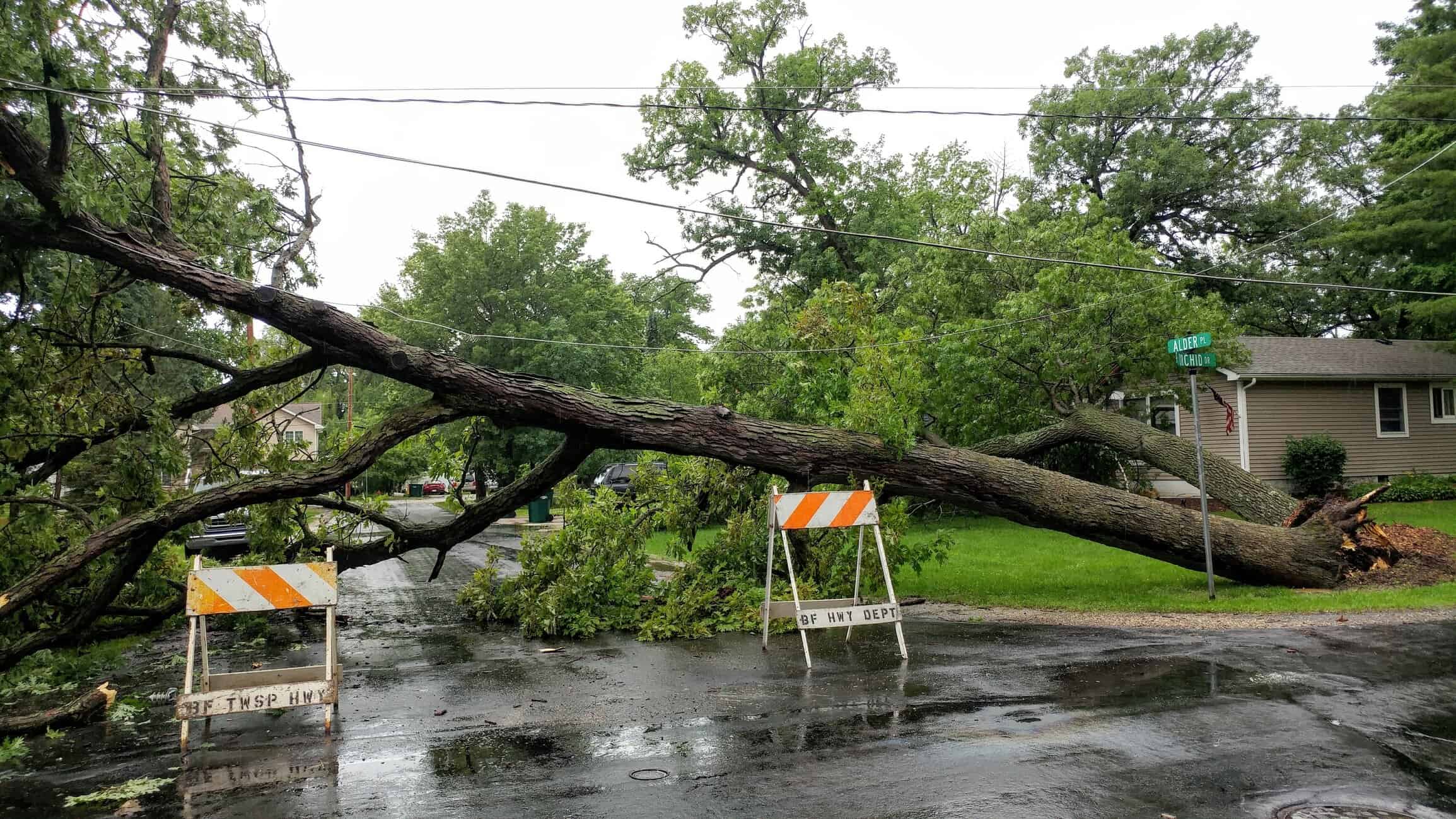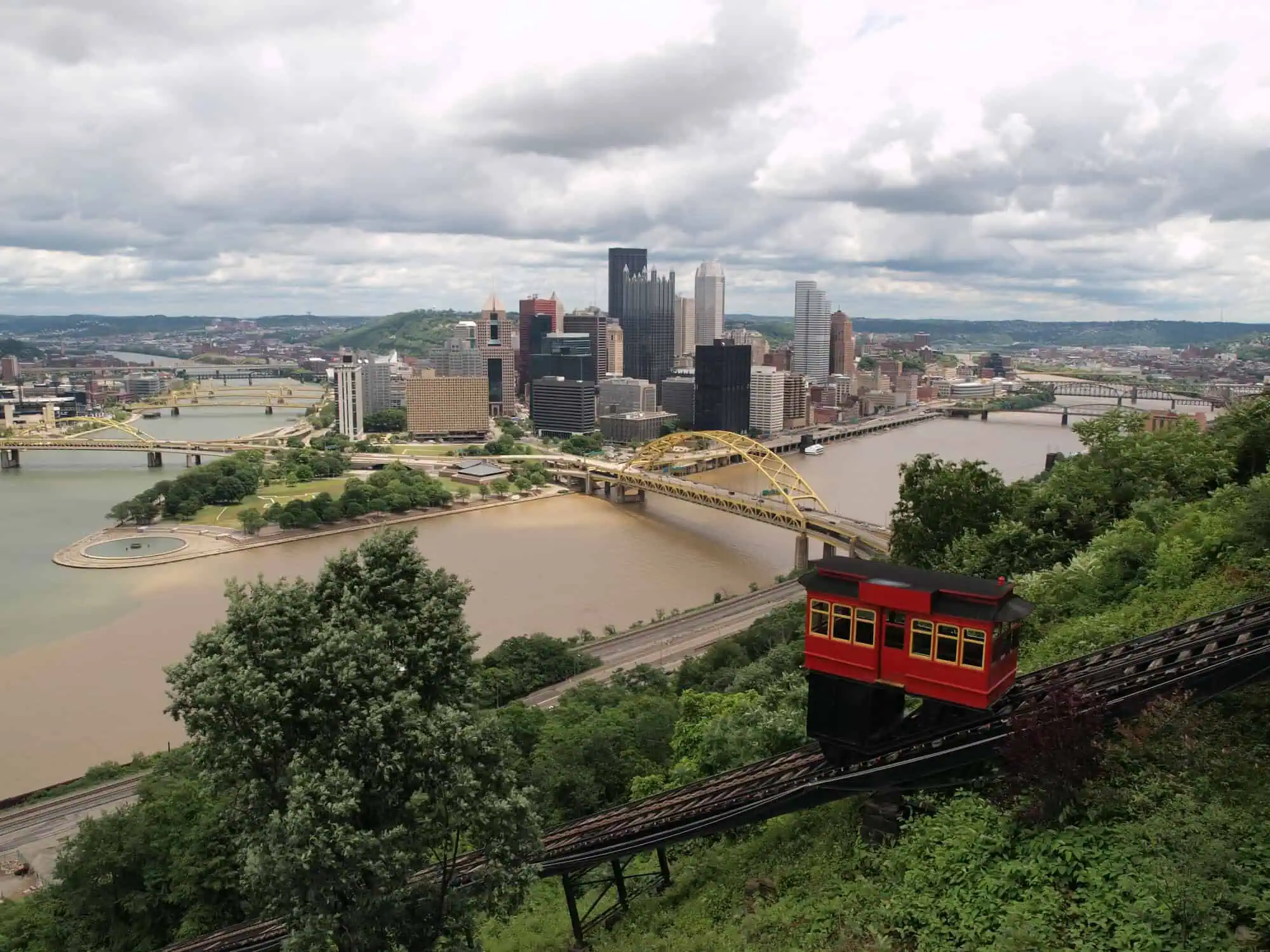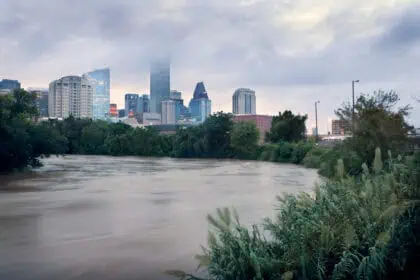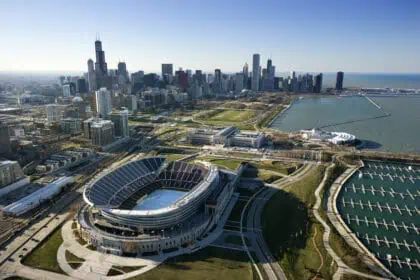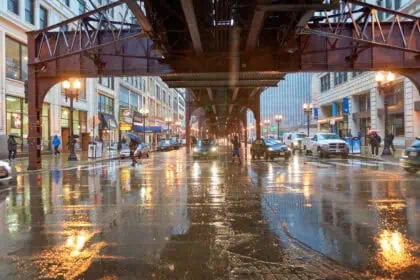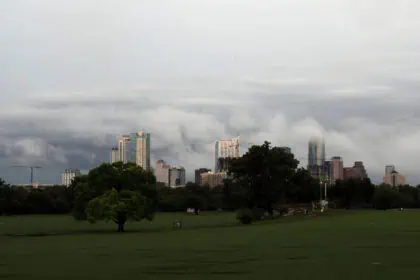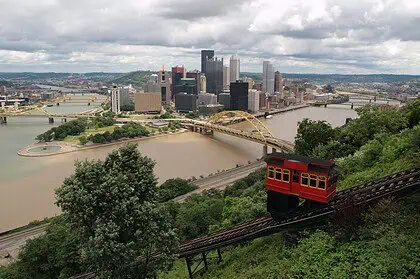Thursday, July 24, 2025 — NEW YORK — A brewing “storm of the century” is barreling toward the Northeast United States, and forecasters warn it could unleash chaos on New York, Boston, and Philadelphia at a scale unseen since the legendary 1993 Storm Of The Century and the 2010 Snowmageddon. Meteorologists tracking the system describe an extraordinary clash between frigid Arctic air and a surge of warm, moisture-laden currents from the Atlantic, a volatile blend poised to intensify snowfall totals and generate howling winds topping 60 mph. Temperatures are projected to tumble into the teens — around 14 °F (-10 °C) overnight — while daytime readings may struggle to escape the mid-20s, near 25 °F (-4 °C), freezing slush solid on streets and overpasses.
Climate specialists such as Michael E. Mann of the University Of Pennsylvania and Jennifer Francis at the Woodwell Climate Research Center point to a warming ocean as the hidden accelerant. They explain that hotter surface waters inject added moisture into winter cyclones, turning ordinary nor’easters into snow-loaded juggernauts. An extensive review of more than nine hundred extreme weather episodes since 1940 reveals average wind velocities climbing roughly six percent, a bump that translates into nearly twenty percent more destructive power. Concurrently, overall precipitation has jumped about ten percent, meaning thicker snowpacks, deeper drifts, and a heightened threat of flash flooding when that frozen mantle finally melts.
The sprawling megalopolis stretching from Central Park down to Independence Hall and eastward through Boston Common now sits squarely in the storm’s crosshairs. Dense urban terrain amplifies the danger: snow-choked avenues hinder emergency crews, while ice-laden power lines snap under stress, plunging entire neighborhoods into darkness. Commuter arteries such as Interstate 95 could morph into impassable corridors of stalled traffic as whiteout bands move through in waves, shutting down visibility to near-zero. Along the coast, battering surf driven by the cyclonic circulation may pile water against seawalls, compounding tidal surges and sending briny sheets across low-lying blocks of South Boston and Lower Manhattan.
Although winter tempests have grown slightly rarer over recent decades, the ones that do form are packing far greater punch. That paradox — fewer storms, but each one markedly stronger — underscores a shifting climate regime. Researchers stress that today’s looming blizzard is less a standalone anomaly than a vivid glimpse of tomorrow’s normal, a portent of how the East Coast might routinely grapple with heavier snows, fiercer gales, and prolonged disruptions to everyday life.
Across the tri-state corridor, residents accustomed to braving nor’easters will find this event incomparable. Every mile of the Long Island Rail Road, each runway at John F. Kennedy International Airport, and all platforms beneath 30th Street Station must contend with crushing quantities of snow measured in multiple feet rather than inches. From Harlem to South Philadelphia, drifting accumulations threaten to bury cars up to their windshields, while rooftop HVAC units strain beneath weighty blankets of powder.
Even after the last flake falls, the storm’s legacy may linger. A rapid warmup forecast for early next week — highs near 42 °F (6 °C) — could convert that frozen bounty into torrents coursing through storm drains already clogged by ice, elevating flood risk for riverfront zones along the Schuylkill and the Charles. The persistent drumbeat of extremes signals a paradigm shift, one that redefines how cities along the Atlantic Seaboard experience and remember winter weather.



